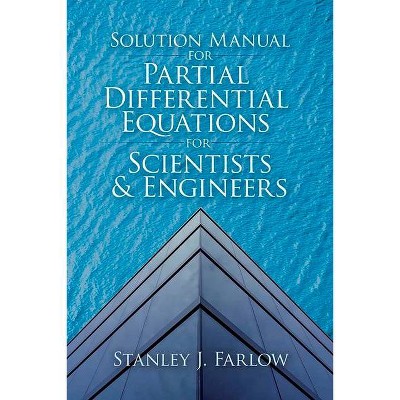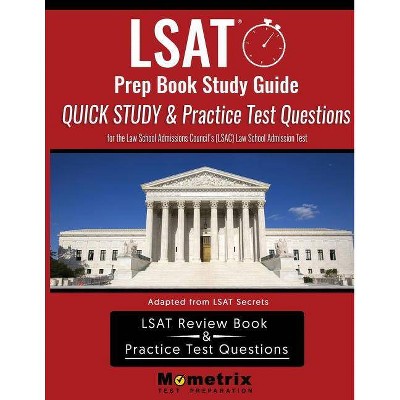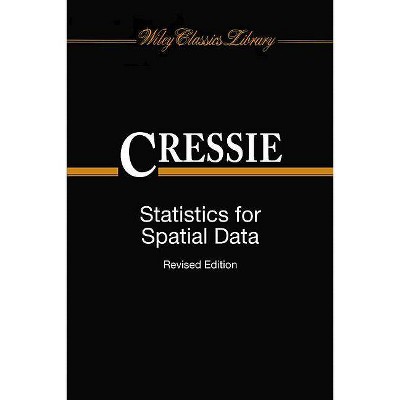Numerical Methods for Scientists and Engineers - (Dover Books on Mathematics) 2nd Edition by Richard Hamming (Paperback)

Similar Products
Products of same category from the store
AllProduct info
<p/><br></br><p><b> About the Book </b></p></br></br>This inexpensive paperback edition of a groundbreaking text stresses frequency approach in coverage of algorithms, polynomial approximation, Fourier approximation, exponential approximation, and other topics. Revised and enlarged 2nd edition.<p/><br></br><p><b> Book Synopsis </b></p></br></br><p>Numerical analysis is a subject of extreme interest to mathematicians and computer scientists, who will welcome this first inexpensive paperback edition of a groundbreaking classic text on the subject. In an introductory chapter on numerical methods and their relevance to computing, well-known mathematician Richard Hamming (the Hamming code, the Hamming distance, and Hamming window, etc.), suggests that the purpose of computing is insight, not merely numbers. In that connection he outlines five main ideas that aim at producing meaningful numbers that will be read and used, but will also lead to greater understanding of how the choice of a particular formula or algorithm influences not only the computing but our understanding of the results obtained.<br>The five main ideas involve (1) insuring that in computing there is an intimate connection between the source of the problem and the usability of the answers (2) avoiding isolated formulas and algorithms in favor of a systematic study of alternate ways of doing the problem (3) avoidance of roundoff (4) overcoming the problem of truncation error (5) insuring the stability of a feedback system.<br>In this second edition, Professor Hamming (Naval Postgraduate School, Monterey, California) extensively rearranged, rewrote and enlarged the material. Moreover, this book is unique in its emphasis on the frequency approach and its use in the solution of problems. Contents include: <br>I. Fundamentals and Algorithms<br>II. Polynomial Approximation- Classical Theory<br>Ill. Fourier Approximation- Modern Theory<br>IV. Exponential Approximation ... and more<br>Highly regarded by experts in the field, this is a book with unlimited applications for undergraduate and graduate students of mathematics, science and engineering. Professionals and researchers will find it a valuable reference they will turn to again and again.</p><p/><br></br><p><b> About the Author </b></p></br></br><p><b>Richard W. Hamming: The Computer Icon <br></b>Richard W. Hamming (1915-1998) was first a programmer of one of the earliest digital computers while assigned to the Manhattan Project in 1945, then for many years he worked at Bell Labs, and later at the Naval Postgraduate School in Monterey, California. He was a witty and iconoclastic mathematician and computer scientist whose work and influence still reverberates through the areas he was interested in and passionate about. Three of his long-lived books have been reprinted by Dover: <i>Numerical Methods for Scientists and Engineers, </i>1987; <i>Digital Filters, </i> 1997; and <i>Methods of Mathematics Applied to Calculus, Probability and Statistics, </i> 2004. <p><b> <p>In the Author's Own Words: <br></b>The purpose of computing is insight, not numbers. <p/>There are wavelengths that people cannot see, there are sounds that people cannot hear, and maybe computers have thoughts that people cannot think. <p>Whereas Newton could say, 'If I have seen a little farther than others, it is because I have stood on the shoulders of giants, I am forced to say, 'Today we stand on each other's feet.' Perhaps the central problem we face in all of computer science is how we are to get to the situation where we build on top of the work of others rather than redoing so much of it in a trivially different way. <p>If you don't work on important problems, it's not likely that you'll do important work. -- Richard W. Hamming
Price History
Price Archive shows prices from various stores, lets you see history and find the cheapest. There is no actual sale on the website. For all support, inquiry and suggestion messagescommunication@pricearchive.us




















